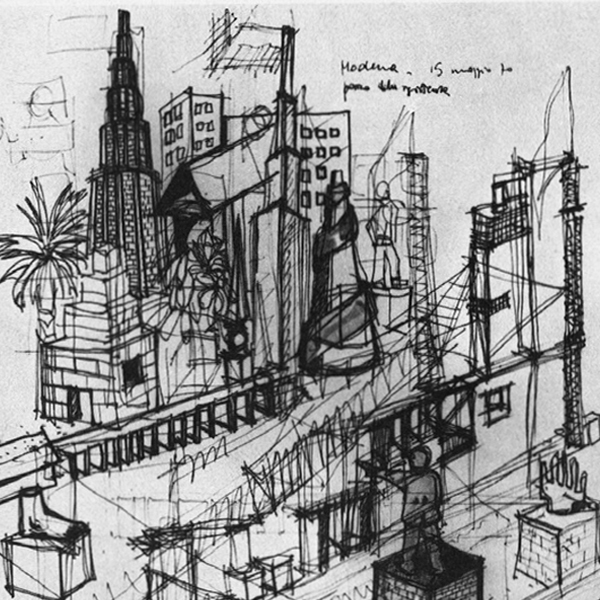Notes on Aldo Rossi's architecture
Downloads
DOI:
https://doi.org/10.7480/overholland.2017.18/19.2445Abstract
The various kinds of trivialisation or abdication that currently typify architecture in Italy have led, among other things, to a rebellious taste for a kind of rigorist, robust, exclusive underground represented by a small number of individuals to whom definitive roles, acts and thoughts that remain aloof to the upheaval and blindness of the times are prematurely being ascribed. Such categorisation is overriding the true interests, the genuine, constructive motivations that to a certain extent determine intellectual trends and alliances, and the real qualities of personalities whose complexity and subtlety re-emerge when they are no longer viewed so rigidly.
Of course, it would be wrong to deny that many features of Aldo Rossi’s work encourage people to define it in such rigid terms: for example, to deny his calling and his interest in creating a legacy and handing down a tradition of study, or to deny the solemnity in the content and traits of his theoretical and architectural work, which hence cannot unfairly be defined as ‘classicist’ – but subject to reservations that we will see below.
How to Cite
Published
Issue
Section
License
Copyright (c) 2017 OverHolland

This work is licensed under a Creative Commons Attribution 4.0 International License.




